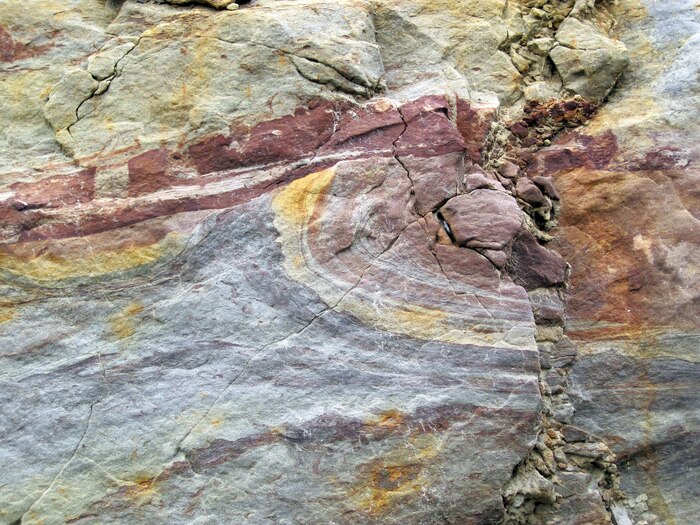It is in the rocks that are found in the area where earthquakes occur, rather than in the shocks that precede them, that the possible signals that can announce an earthquake are hidden.
This is indicated by Italian research published in the Journal of Geophysical Research and based on data relating to seismic activity in California analyzed by Sapienza University of Rome, National Institute of Geophysics and Volcanology, National Research Council and University of Athens.
“The results of the research push us to overcome the concept of 'foreshock' – observe the researchers, referring to the earthquakes that can precede an earthquake – to shift attention to the conditions of stability of the rock volumes in which seismicity occurs”.
The research sought to answer very common questions, such as understanding whether precursor signals of earthquakes exist or whether or not many low-energy earthquakes can be considered predictive of strong earthquakes.
The research, coordinated by the president of INGV Carlo Doglioni and whose first author is Davide Zaccagnino of the Earth Science department of Sapienza, sought answers by analyzing seismicity in California over the last 30 years.
Combining theoretical models and statistical analyses.
research has highlighted that the so-called foreshocks, i.e. earthquakes of mild and moderate magnitude that can precede more violent earthquakes, "tend to spread over larger areas, have magnitudes with greater variability and are more numerous and energetic than swarms, i.e. those groups of earthquakes characterized by moderate magnitudes that do not evolve into a strong earthquake".
Foreshocks and swarms are however indistinguishable from the point of view of duration, intensity and frequency of events.
It thus emerged that "in the presence of groups of earthquakes that are numerous and extended over significant surfaces, the probability that a minor seismic activity can culminate in a major event is higher than in other conditions".
The researchers' hypothesis is that rock volumes under stress progressively begin to destabilize each other over more or less extended periods and areas, generating small events.
The greater the area over which earthquakes occur, the higher the probability that an earthquake capable of involving the unstable fault system in its entire extension will be generated.
“It would therefore be a question – we read in the note – of a cascade feedback mechanism, in which the history of energy release in previous events is able to determine future earthquakes, beyond the local stability conditions of the faults”.
If the results of this research were confirmed, then “the hopes of being able to estimate the probability of a large seismic event starting from the characteristics of the previous seismicity would be limited;
on the contrary - the researchers observe - it would be necessary to characterize the state of stability of the fault systems".
This is to understand what the possibilities are for a small swarm to evolve into a real seismic sequence.
In support of this hypothesis there are numerous documented cases of large earthquakes that occurred without being preceded by foreshocks or preceded by a reduction in seismic activity, as in the case of the Amatrice earthquake in 2016.
Reproduction reserved © Copyright ANSA

